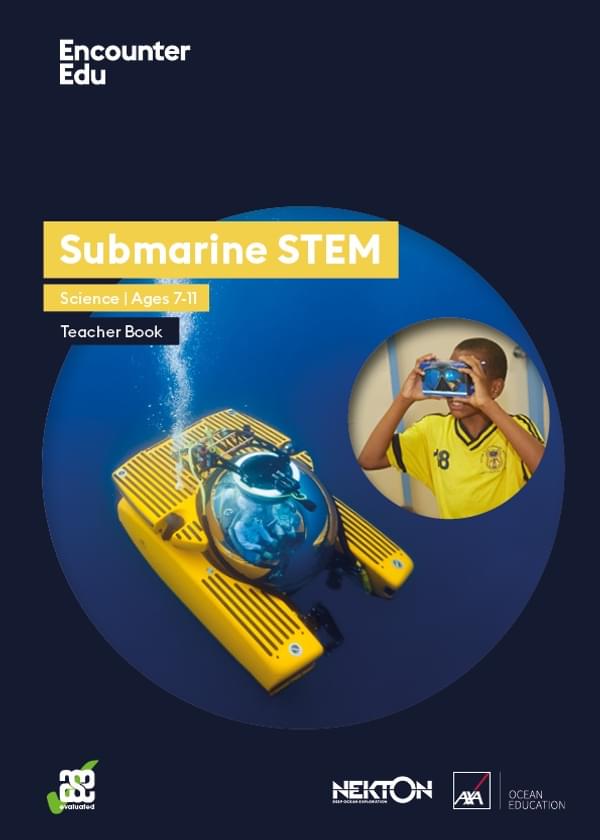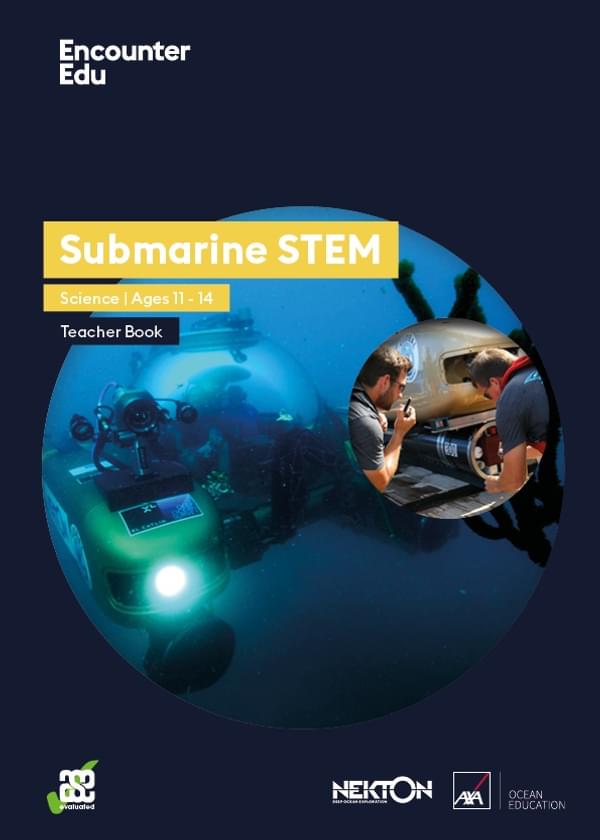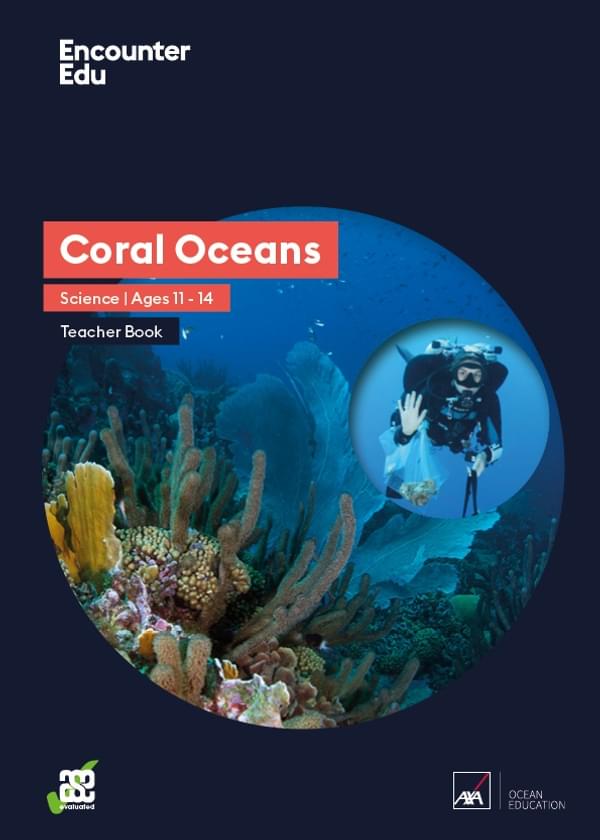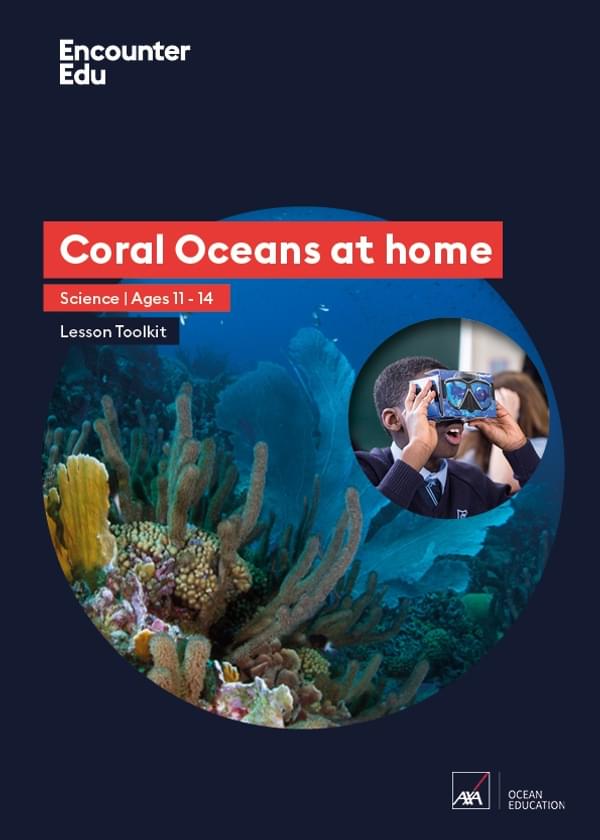4 ways to use 360VR in the classroom
Using virtual reality in your classroom does not need to entail changing your teaching methods, nor investing in expensive kit. Like many digital resources, there is a large range of free content easily accessible online or through apps.
You can start using this technology now, with your current tech set up or minimal outlay.
1. Front of classroom
While many of the benefits of using virtual reality and 360° media in the classroom derive from using a headset such as Google Cardboard or Mattel’s View-master, it is possible to view videos or photos via a desktop or laptop computer, and link to a digital projector.
You can use examples from Encounter Edu’s 360 Highlights collection.
2. Group work
For group work, you can use laptops in the same way as you might view 360° video and photos via a digital projector. Tablets or smartphones that have an inbuilt gyroscope, eg iPads, iPhones and most recent Android devices, will enable students to move the device around and enjoy a virtual reality experience. Smartphones can also be used in conjunction with virtual reality headsets. If students are viewing video, you may wish to ask groups to use headphones or keep the volume down.
3. Individual reflection
The real power of virtual reality comes from individual viewing of 360° media. While this requires each student to have access to a compatible smartphone and virtual reality headset, this will allow a personal and engaging experience of other environments and cultures. Teachers can direct learning by posing a set of questions or leave the exploration open, using a Q&A session or guided writing to review the experience. Front of classroom techniques can be used to complement any whole class review.
For this to be practical, you will either need a class set of smartphones, and/or mix this with a suitable BYOD (Bring Your Own Device) policy. Have a look at this guidance from NEN - The Education Network and this article from Wired magazine on BYOD in schools. Each student will also need access to a virtual reality headset for this to work to its best advantage. See the Subject Update Learn more: VR tech for the classroom [insert link].
4. Flipped learning
Flipping the learning may be more practical for schools who do not have the resources to purchase virtual reality headsets or are yet to develop a BYOD policy. It relies on students finding access to a smartphone in their friendship, community or family group and an individual or family investment in a virtual reality headset, which are available online for as little as £3 / $5 (search online for Google Cardboard headset for the cheapest versions).
Viewing 360° media can be set as home learning, with whole class review of the assigned work conducted using web versions of the apps used on smartphones.

Science | Ages 7-11
Submarine STEM
This unique scheme of work for Key Stage 2 combines science and design technology to discover the wonders of deep-sea exploration through a series of stimulating and immersive lessons.

Science | Ages 11-14
Submarine STEM
Submarine STEM challenges students to consider aspects of submarine design. Each lesson contains a practical investigation examining the scientific principles involved in exploring the deep ocean.

Science | Ages 11-14
Coral Oceans
These resources for ages 11-14 are based on the journeys undertaken by science teams taking part in the XL Catlin Seaview Survey expeditions. Starting with the Great Barrier Reef in 2012, these expeditions seek to create a baseline survey of the world's reefs as well as more in-depth research on the deep reef lying between 30m and 100m.
